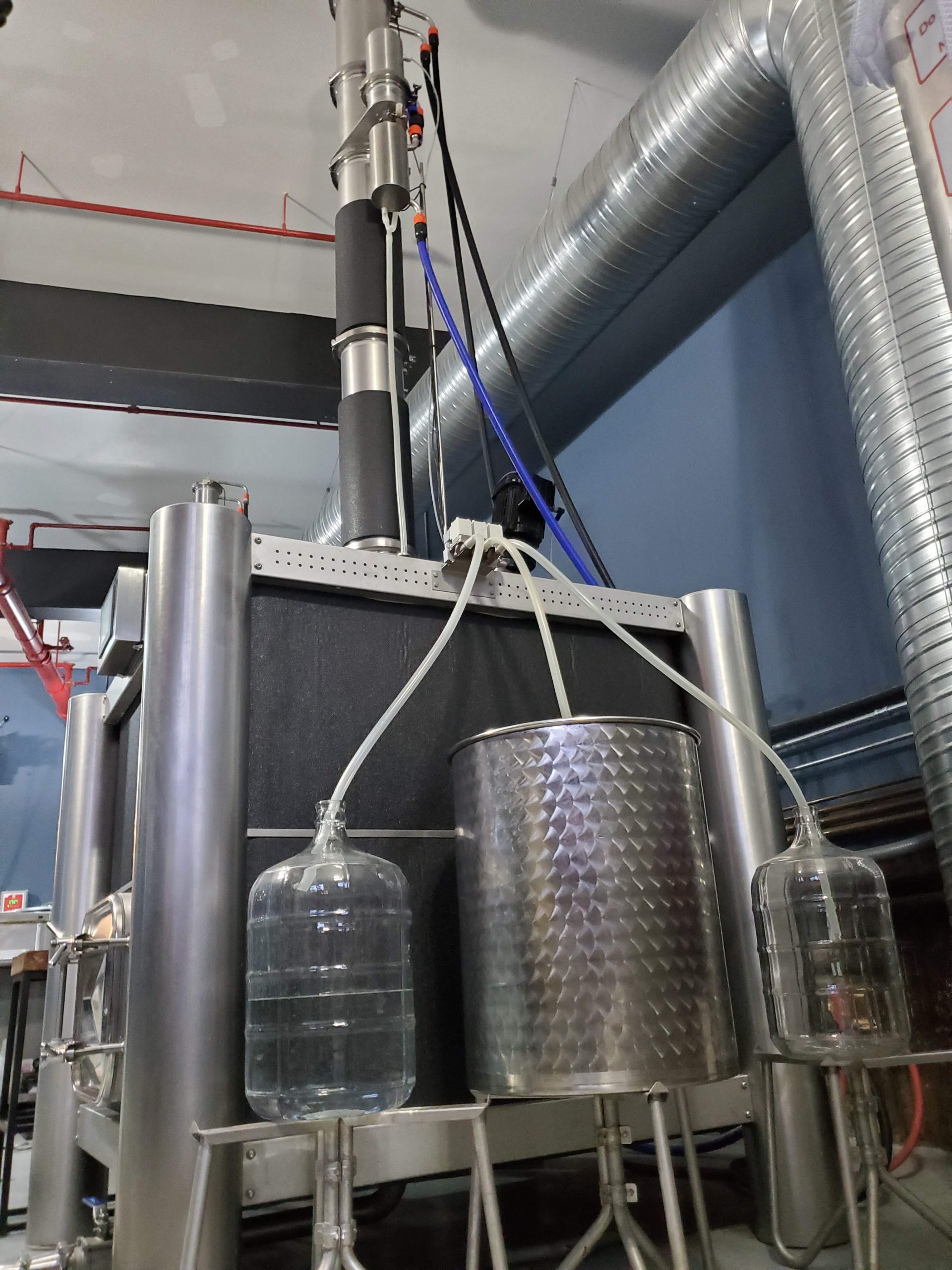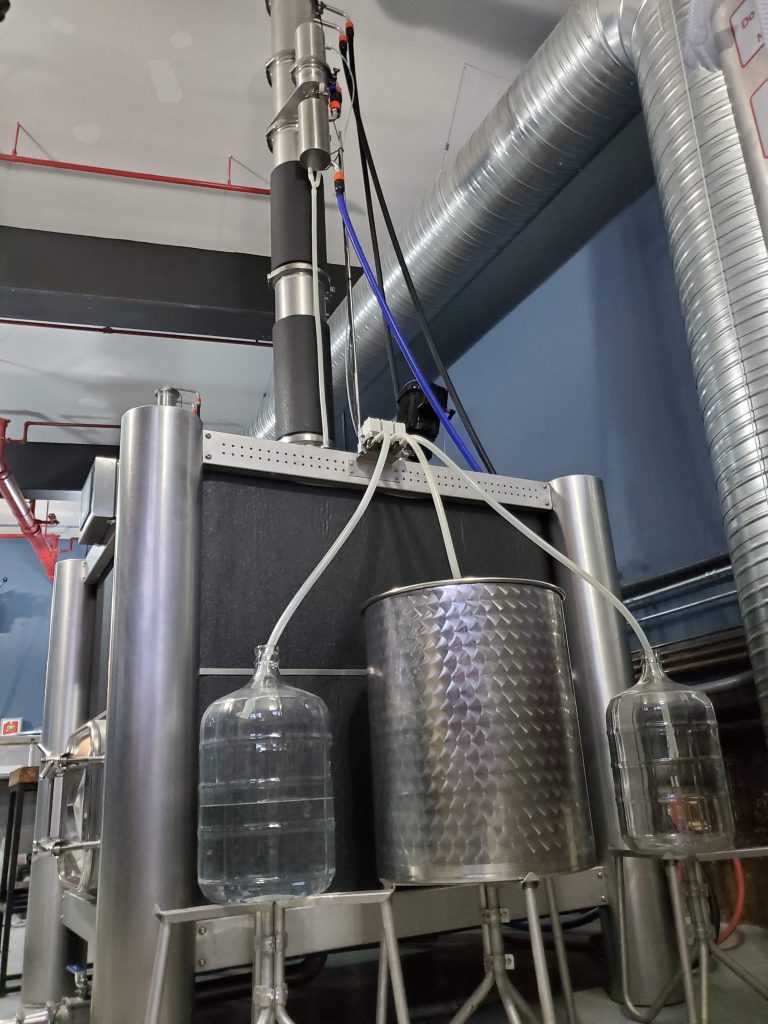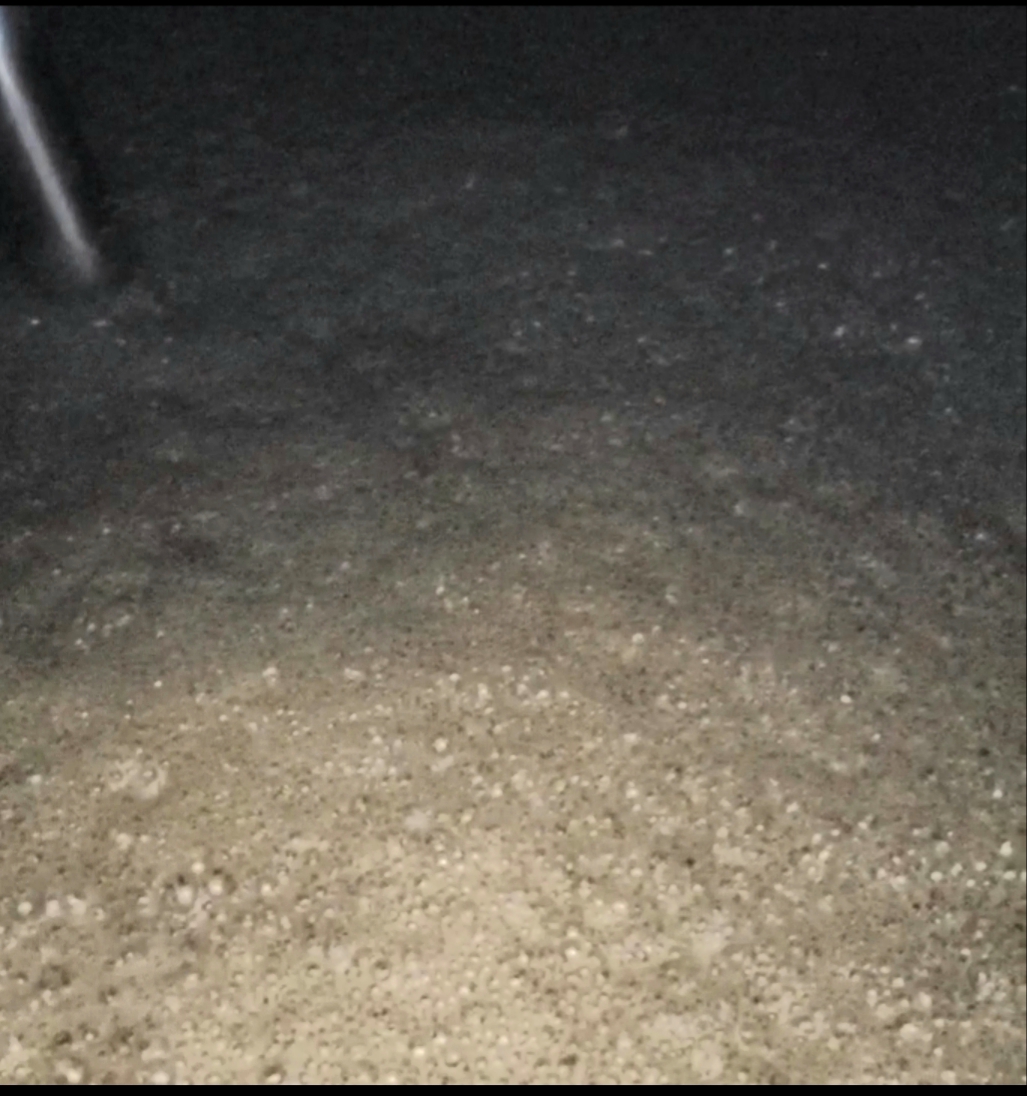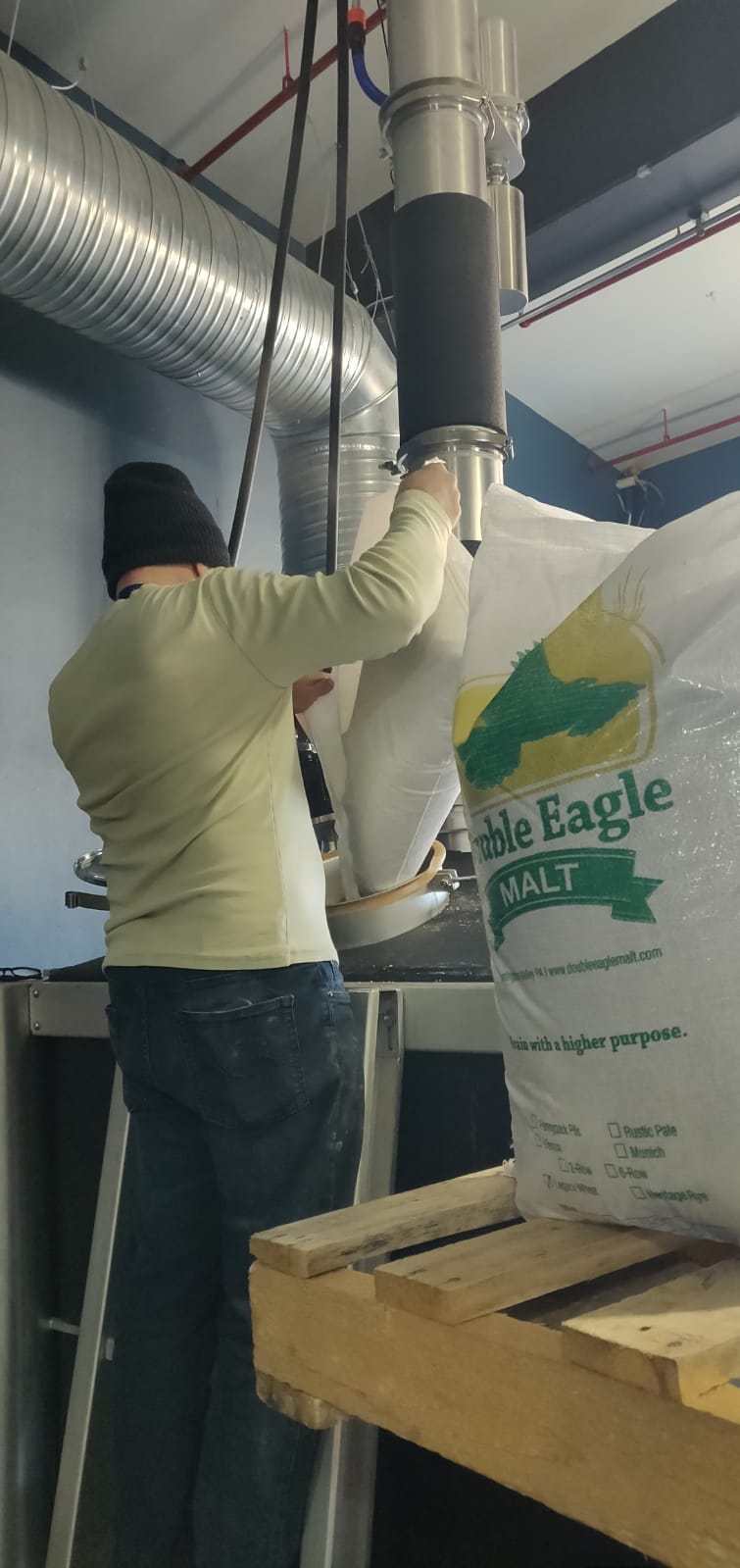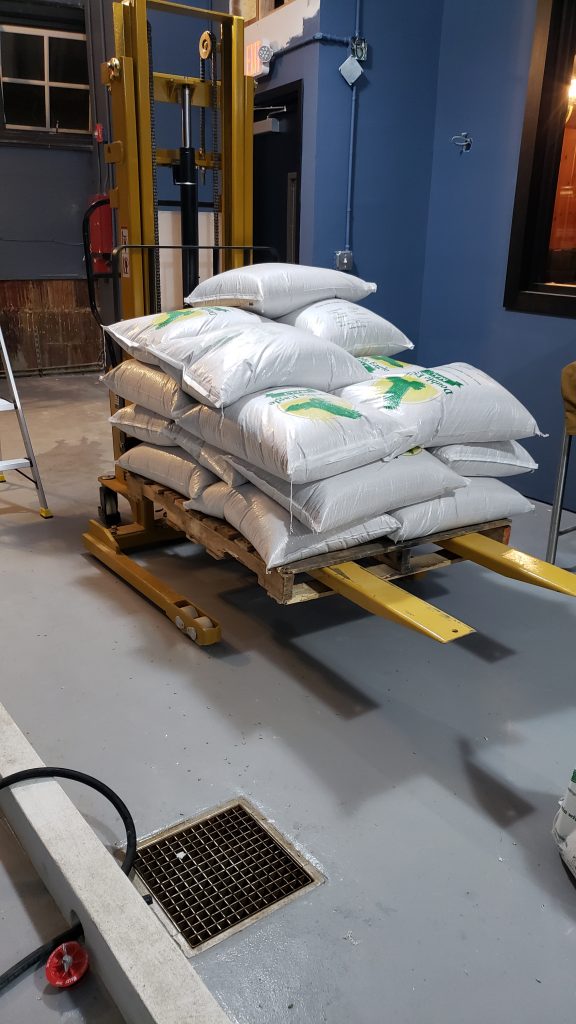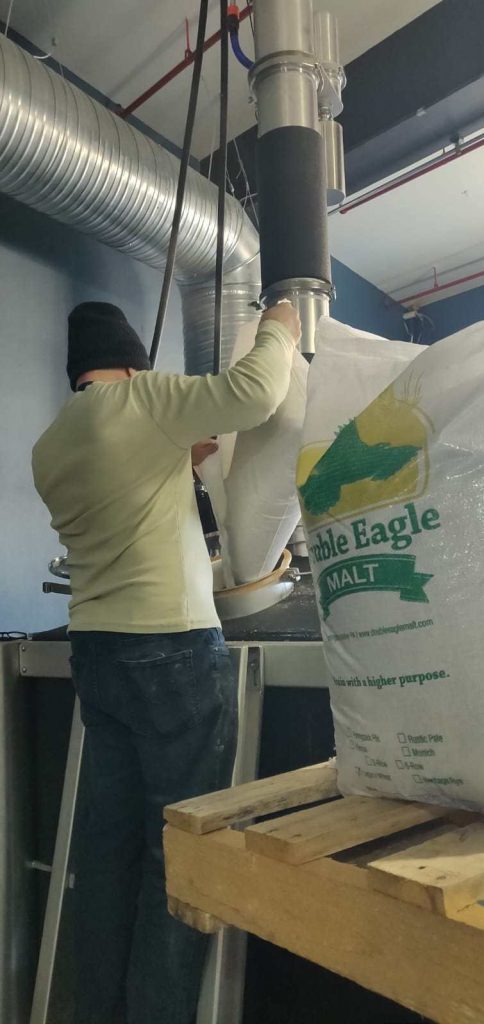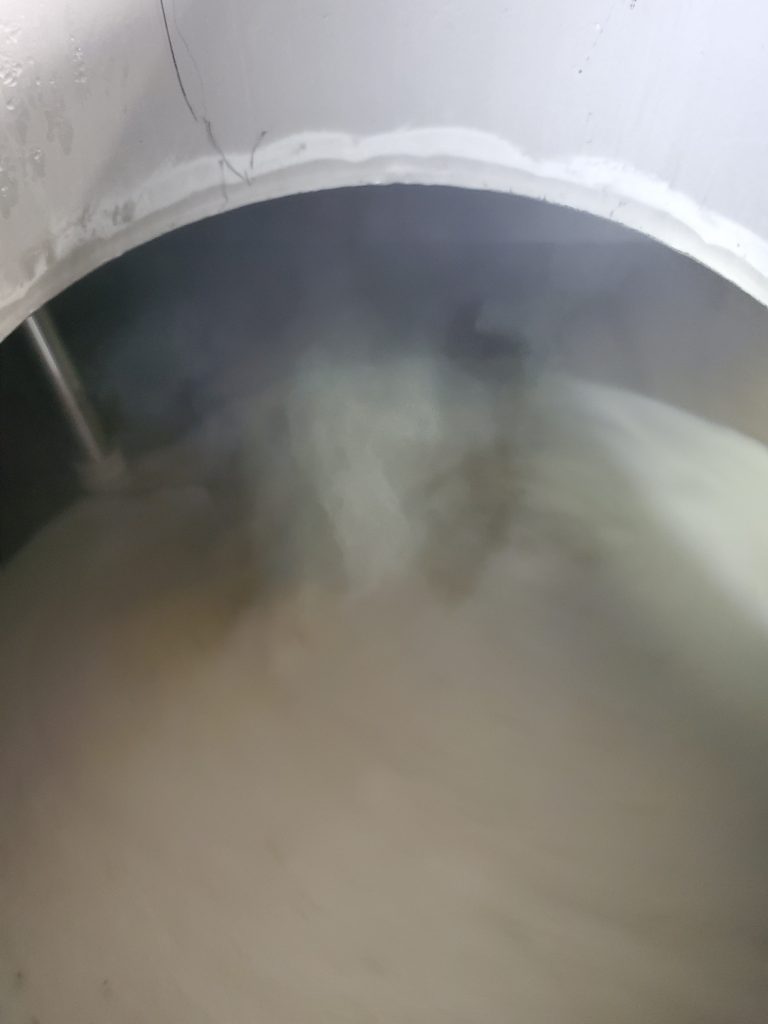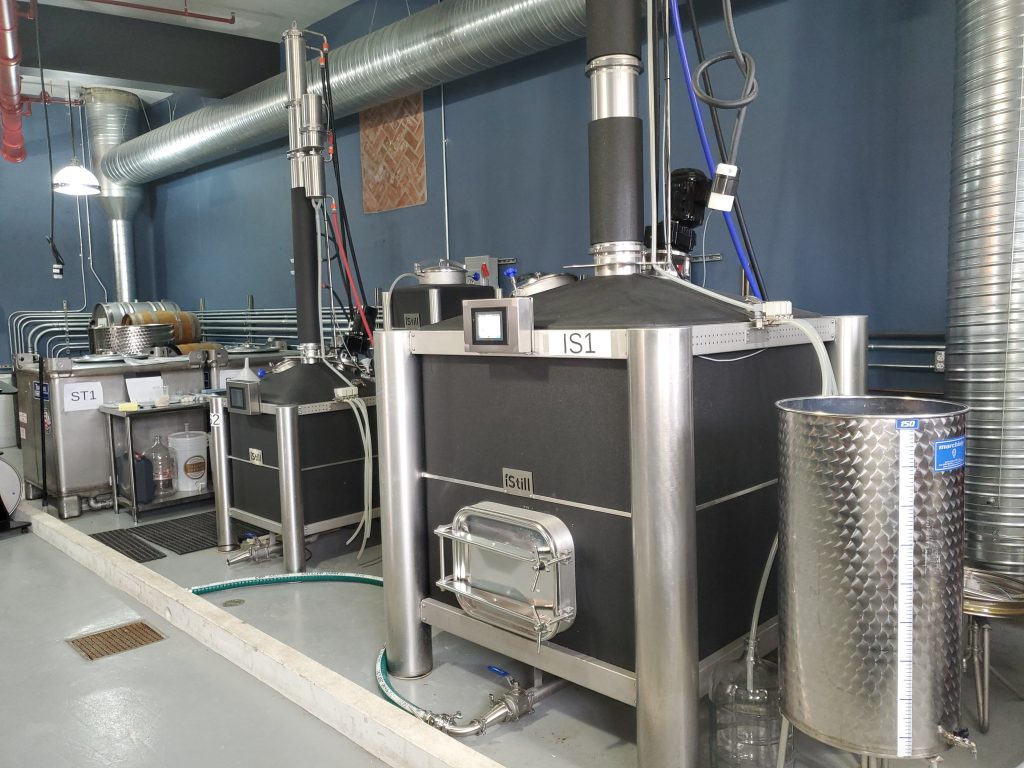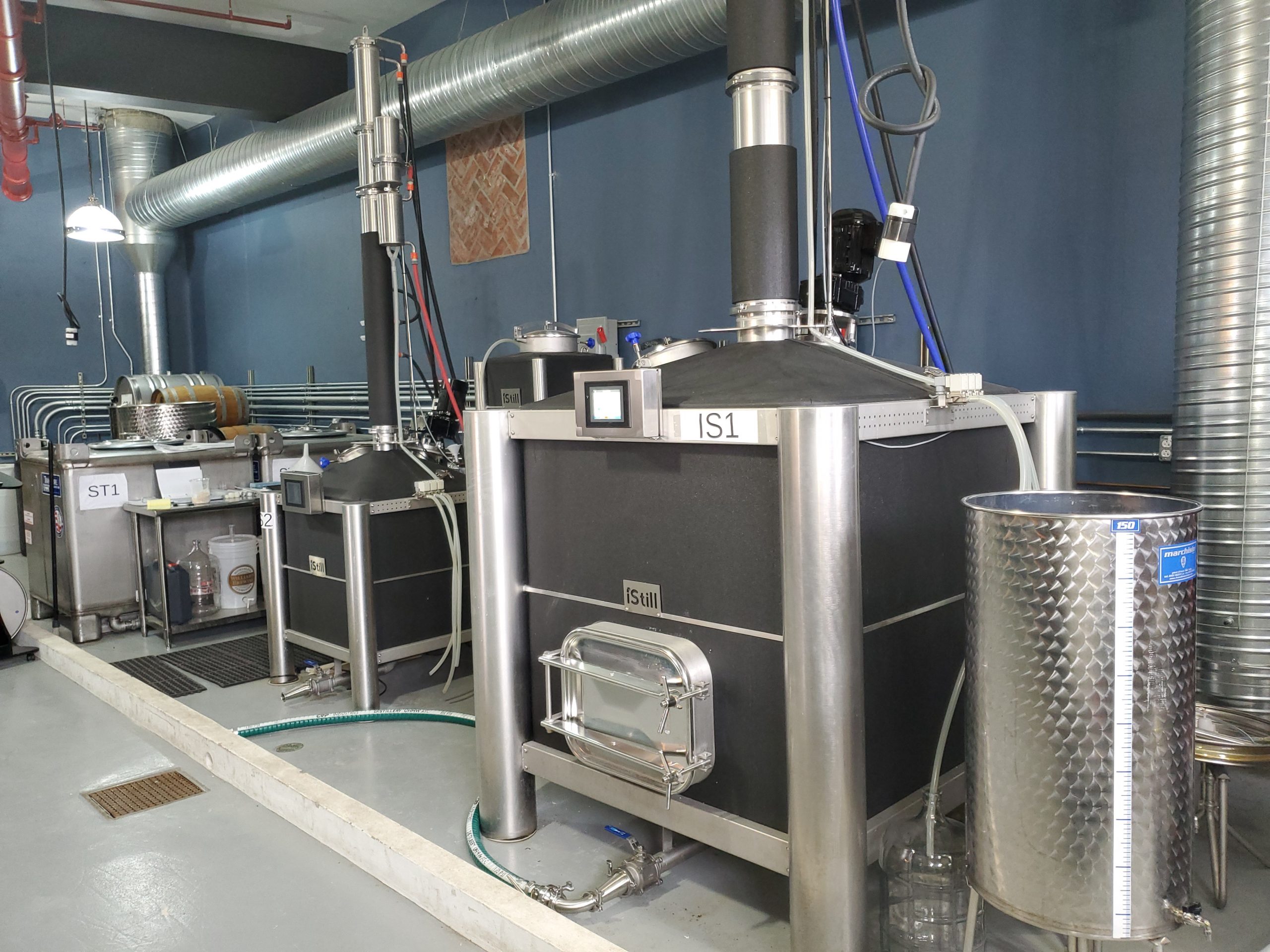
When I started researching stills for our distillery in 2016 I spent countless hours reading about stills on and offline. One day I came across a post on the American Distillers Institute (ADI) forum where someone had asked “What ever happened to iStill?” Intrigued by the name, I read through the entire thread and learned that the founder and CEO Odin van Eijk had been working tirelessly on redesigning his stills and releasing several new products in the coming months. I attended two intensive 4-day training classes in Utah and Colorado and learned more about distilling with iStills. And we are now the proud owners of an iStill 2000 and iStill 500 (for mashing, fermenting and distilling), an iStill mini (for product development) and an iStill extractor (for extracting flavors from fruit such as lemons during distillation to make Limoncello). Below are FAQs for inquiring minds that helped us make our decision to distill our craft spirits with iStill.
Is the iStill a potstill or a column still?
Both. The iStill offers new technology that allows one and the same unit to do both pot and column runs.
Why is the iStill made out of stainless steel?
Stainless steel is chemically inert. This makes both running and cleaning the iStill very easy, without the risk of contaminating our spirits.
But isn’t copper good for flavorful spirits?
No. Copper’s only benefit is that it catalyzes sulfuric compounds that may have developed due to improper fermentation protocols. With proper fermentation protocols and control no copper is needed. Copper doesn’t add flavor, it may take bad ones away.
So, there isn’t any copper in the iStill?
Yes, there is copper in the still. To help us control sulfur, the iStill comes with a copper waffle and copper reflux capacitor. Together they offer as much copper contact as a traditional copper column.
If the stills are made out of stainless steel, how come they look – for the most part – black?
Our iStills have insulated boilers and columns. The black insulation saves 15 to 20% in energy.
Why is the boiler square? All other stills have round boilers …
The boilers of all iStills are flush square, because this results in better mixing. The wash cannot rotate with the agitator, as it does in a round boiler.
So where do you connect the pipes from the steam boiler?
We don’t. iStills do not need separate steam boilers because an integrated heating system is included.
I don’t see trays or bubble caps. How does the column work?
The column is packed with Helicon Column Packing (HCP). When liquids are returned to the column, the HCP fills up and more distillation cycles take place. Without liquid return the column functions as a potstill.
How do you manage those liquids and the number of distillation cycles?
On our production units, this is managed automatically, via the computer, the automation, and the robotization. We dial in what we want and the iStill takes care of the rest.
Automation? Doesn’t that take the “craft” out of distilling?
No. We still create our recipes and decide what flavors we make, concentrate, and harvest. The automation just makes it more efficient and reproducible, while limiting our hours behind the still.
But other distillers say you need a manual, copper still … because it is … traditional?
Sure, and so were horses and carriages 100 years ago. And some still enjoy riding them on weekends, when the sun shines. For actual day-to-day transportation, though, everybody has moved on to cars and bikes.
Now that I look at the iStill a bit closer … where is the dephlagmator?
We do not manage the iStill via cooling water. There are just too many variables to cope with, which results in poor control and different results on every run. Instead, we have a robotized valve manage liquids. Much more precise!
But how about longevity? Modern-day technology is a nice addition, I get that, but does it last?
Good question! First, do you remember how stainless steel is chemically inert? It does not rust, corrode, and oxidize away like copper does. Secondly, it is built to double specifications, meaning the size, strength, and thickness parts need to be are calculated and then doubled.
Can the iStill only make certain spirits?
No. The iStill can distill any spirit. We don’t need upgrade kits, other columns, new and different iStills for various products. We can do the whole spirit production process in one machine. It has an agitator, boiler radiator, and indirect heaters that allow us to mash, ferment and distill in the iStill.
